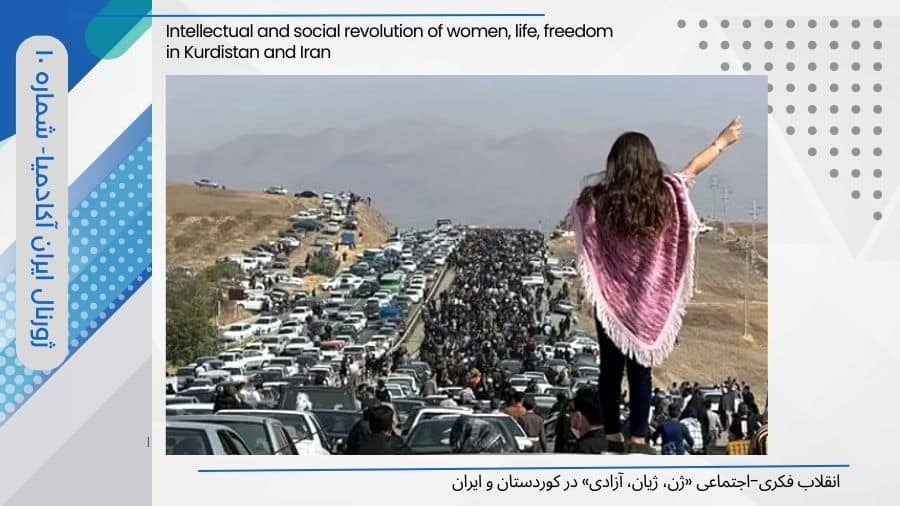Abstract
The purpose of social movements is manifested in the form of “reforms” or “revolution”, these social phenomena are not only a response to the lack of justice or social and economic crises, but they are beliefs about how to overcome these challenges and problems in society, which is the most important phenomenon of change. They call it a revolution. In order to have a comprehensive and decisive definition of “revolution”, this social concept is divided into various categories, including social revolution, political revolution and even intellectual revolution. In general, the revolution can be seen as the beginning of an obvious political, social, economic, and cultural gap between the political government and society, which have their own presuppositions and characteristics.
During the jina movement, which can also be defined as the revolution of women, life, freedom, a change of views, a gap between political society and civil society, breaking prejudices and understanding and attitudes of the past has happened. In the heart of Iranian society, although this movement has not reached the result due to some basic factors, it is facing many problems. But in Kurdistan due to a century of struggle with the existence of progressive political parties, its true nature has emerged and in terms of its form, formation, and characteristics, it has been a fruitful political, intellectual and social revolution. This movement also continued in other parts of Iran in line with it and created tremendous changes in thought, recognition of the rights of diversity and pluralism in the intellectual and elite class of the center, which can be considered as an intellectual and social revolution, and most of these themes In the slogans of the community and the programs presented by the organizations and political-trade union parties, apart from a specific trend, it is clear.


